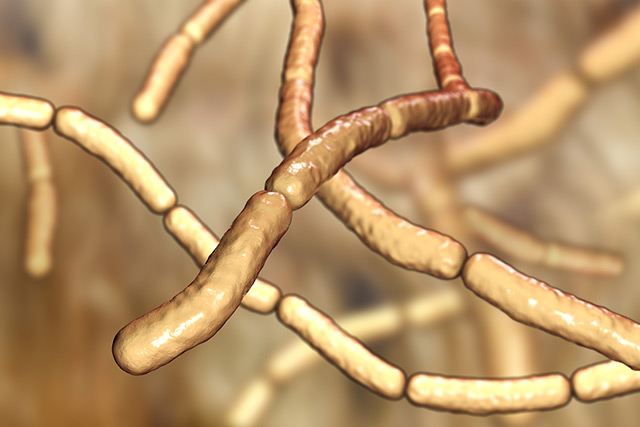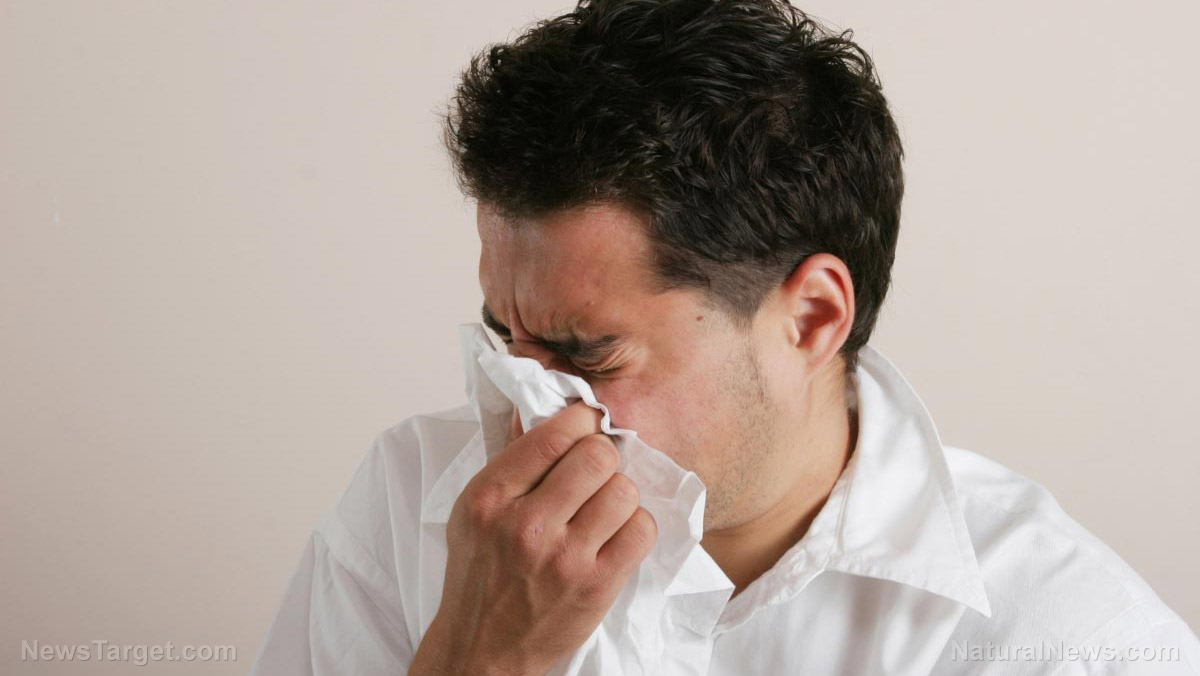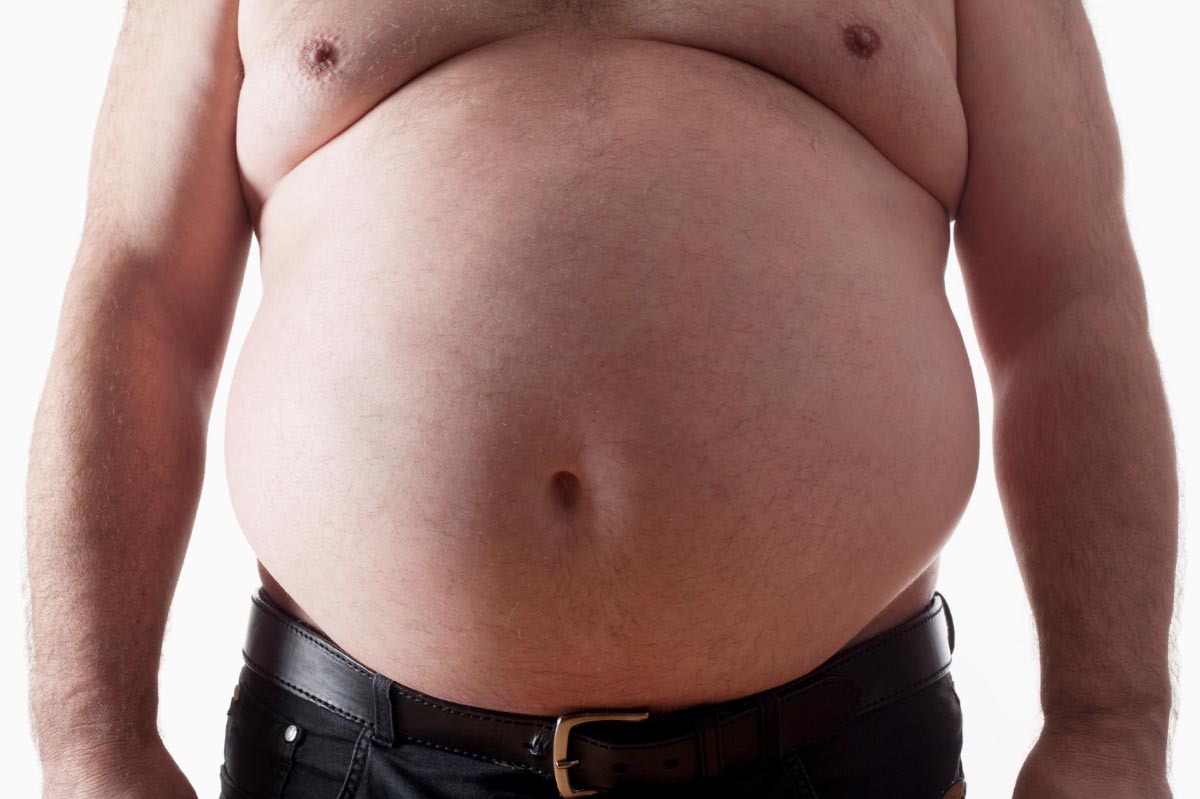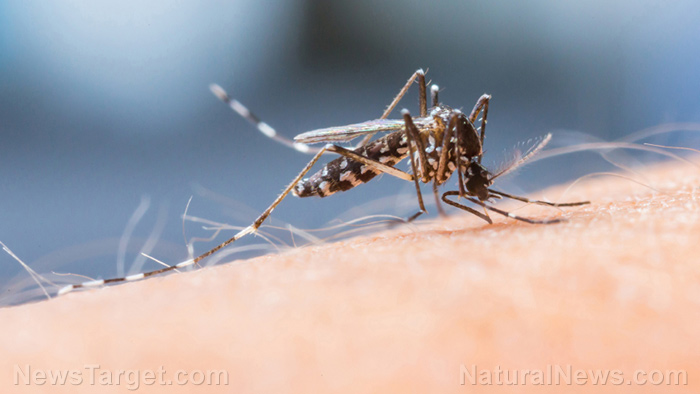Not so squeaky clean after all: Rubber ducks and other bath toys found to be riddled with harmful bacteria
04/25/2018 / By Jessica Dolores

Remember that catchy song in Sesame Street that partly goes, “Rubber duckie, joy of joys/ When I squeeze you, you make noise”? That line from the longtime kiddie show that parents also watch may not hold water, after all.
A team of researchers from Eawag, ETH Zurich and the University of Illinois found that flexible plastic bath toys like rubber ducks harbor microbial growth in their inner surfaces. A child who squeals with delight when he squeezes the toy releases an unhealthy liquid. Add this to shower curtains and areas behind bathroom cabinets with heavy growths of bacteria and fungi, and you get a scene straight out of those movies that make you cringe in fear.
In the study, researchers conducted controlled experiments with new bath toys for more than 11 weeks. Some toys were exposed to clean water while others to a dirtier variety (including additional chemicals from soap, human body fluids, and bacteria). The bath toys were then bisected and examined in the laboratory.
The findings were alarming. Between five and 75 million microbial cells lived in every square centimeter of the bath toys’ inner surfaces. Fungi were seen in nearly 60 percent of bath toys and in all the dirty-water control toys. The scientists detected bacteria that could cause disease in 80 percent of the toys studied. These bacteria included Legionella and Pseudomonas aeruginosa, which are often linked to infections acquired from hospitals.
Frederik Hammes, who supervised the research, says the findings for the doctoral paper add points of discussion to what has been taken up in online forums and blogs. He said that moldy bath toys, the topic of discussion in these platforms, have received scant scientific attention. He added that it is the children who love squirting water from bath toys on their faces are the most exposed to contaminants from these plastic playthings.
Hammes observed that while the microbes can boost the child’s immune system, they can also cause eye, ear, and gastrointestinal infections.
So should you throw that colorful rubber duck away, or clean it carefully after the child has played with it? Or – as often discussed online – should you close the hole on the rubber duck immediately to keep it from squirting? Hammes suggests tighter rules on polymeric materials used in bath toys. This works for problematic chemicals. The release of carbon should also be considered.
Keeping those toys safe
Meanwhile, how do you prevent that terrifying scenario of germs and poisons wreaking havoc on your child’s mind and body? Here are some tips for choosing children’s toys:
- Painted toys must have lead-free paint.
- Art materials like crayons and colored pencils should be non-toxic.
- Crayons and paints should bear the label ASTM D-4236. This is a sign that the toys have been examined by the American Society for Testing and Materials.
- Avoid older toys, even hand-me-downs from family and friends. They may be dangerous because they may not meet current safety standards. They can also be worn from too much play, and can unexpectedly break down.
- Don’t buy toys with little parts the child may accidentally swallow, like small, shiny buttons.
- Pick a toy that’s not too loud for the child’s sensitive ears. Noise from some rattles, squeak toys, musical or electronic toys, and others can be as loud as a car horn if the child points them directly to their ears. These can damage their developing ears.
Toys are great for making a child’s life even more fun. But they should be safe. A child’s body is still underdeveloped, and is most vulnerable to germs and bacteria that could bring illness.That’s why we should choose toys wisely. The choices we make today can create a big impact on our child’s health tomorrow.
Sources include:
Tagged Under: bacteria, bath toys, chemicals, child health, child's toys, contaminants, harmful bacteria, Lead contamination, outbreak, plastic toys, secondhand toys, toxic chemicals, toxins, Toys




















